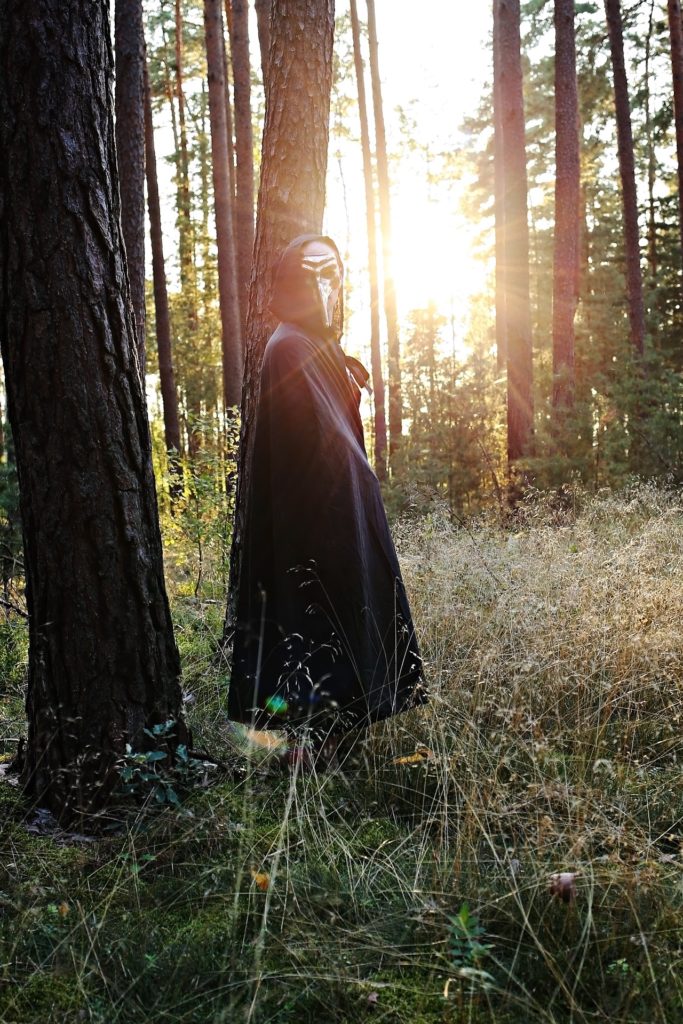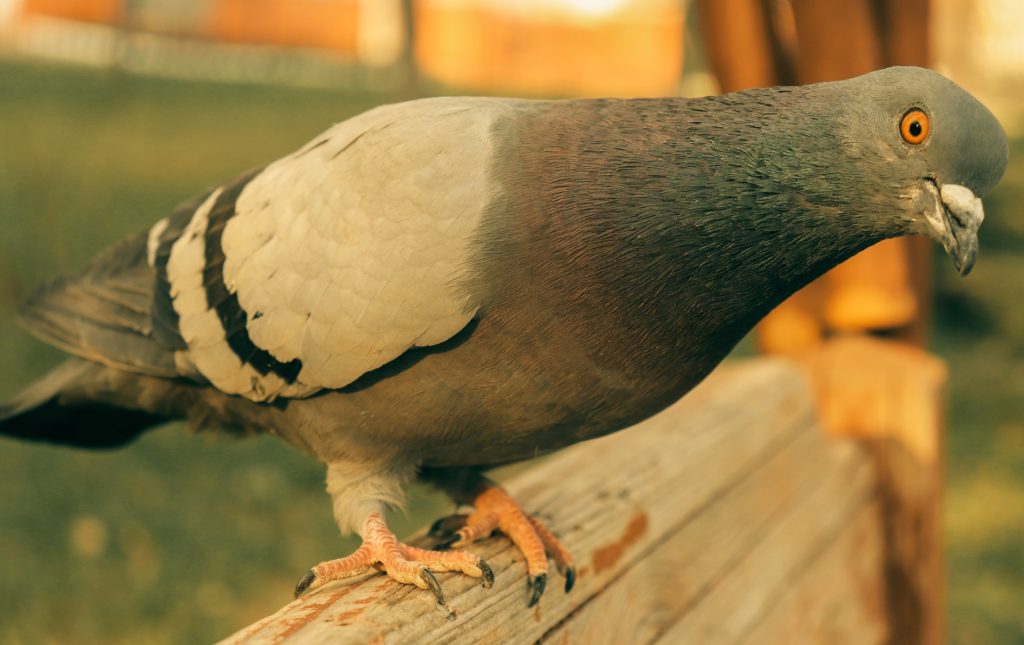
Now that we’re a year into fifteen days to flatten the curve, we’ve all had a good 12 months to see the various cures and preventatives presented for COVID-19. Especially during the early months of the pandemic, you couldn’t open social media without seeing some sort of bizarre treatment or preventative for the virus; everything from blowing hot air up your nose from a hairdryer to drinking vodka has been touted as a way to ward off the ‘Rona. This just goes to show you that we haven’t moved all that far in the last, oh, 700 years or so. Strange plague cures still exist, even if they’re not for the ACTUAL plague.
This isn’t the first pandemic we as a species have faced, and this isn’t the first time we’ve seen crazy “cures” for what ails us. In the 14th century, when the Black Death was racing across the globe, from China and Crimea to Italy and England, all sorts of treatments of, shall we say, dubious origin and even more dubious efficacy popped up.
The Plague, also known as the Black Death or the Great Pestilence tended to pop up periodically (we still see cases of it today). Caused by the bacteria Yersinia pestis, it was spread primarily by the infected fleas (the pneumonic type was airborne), and had a wicked mortality rate. Untreated, up to 60% of those who had the bubonic form would die; the pneumonic and septicemic forms had nearly a 100% mortality rate if untreated. Today, we treat plague with commonly available antibiotics like Gentamicin, Doxycyline, and Cipro.
That wasn’t an option in the 14th century. What caused the plague was a complete mystery to people; they blamed everything from bad smells to God’s anger for the disease. However, with up to 60% of people dropping dead from the sickness, they were desperate for cures. They came up with some doozies.
Before I go any farther, I have to give credit where credit is due for the post idea. Max Miller, on his YouTube channel “Tasting History” did a great video where he made candied horseradish (also thought to be a plague cure), and he talked about a number of other supposed treatments. I won’t be covering the same ones here – he did a much better job than I could! – and I HIGHLY recommend you check out his channel. Warning – it’s addictive! He’s also got a cookbook coming out! Seriously – go watch. Then come back. Don’t forget about me.
Ready for some of the strange plague cures? Here we go:
Arsenic
Yep. Arsenic. Despite arsenic being described as toxic as far back as 1500 B.C., it was thought that wearing amulets with arsenic would protect you from plague. Sometimes they would include mercury, because one toxic substance just wasn’t enough.
Onions
According to the popular miasma theory of disease, the plague was caused by “bad air” that spread across the world like a fog. Some people tried to protect themselves from the bad air by holding sweet smelling herbs near their noses; others decided that they would “outstink the stink”, and placed cut onions all around their houses. They hoped that the smell of the onions would somehow overpower the miasma and protect the people in the home.
Pigeons
If you already HAD the plague, you could try the pigeon cure. A doctor (and I use that term loosely) would cut open the buboes – the swellings caused by the disease – and then slap a freshly cut open pigeon on them. A pigeon might be applied to your feet, too.
No thanks, I’ll just die, ok?
Mummy Powder
Did you think mummies were only important during the 19th century’s Egyptomania? Think again. This is probably one of the weirdest of the strange plague cures that I found.
Mummies were embalmed using a substance called bitumen – a black, tarry substance that’s both waterproof and flammable. It was thought that the bitumen itself had medicinal and curative properties, but it wasn’t too terribly long before *someone* decided that powdered mummy was the way to go. Called “mumia”, it was used by those desperate souls who could afford it. Strange cures, indeed. (If you haven’t read the post on Europe and America’s fascination with mummies, go here).
WHAT I’M DRINKING:
A blend of Brazilian coffee beans, this one is a smooth, medium roast with a tiny hint of cocoa – rapidly becoming a favorite!
MUG OF THE DAY:

You can find it at Amazon.
FOR FURTHER RESEARCH:
Absolutely go check out Tasting History with Max Miller. He makes learning FUN, and I’m totally hooked on his channel.
The Black Death: A Captivating Guide to the Deadliest Pandemic in Medieval Europe and Human History – by Captivating History
The Black Death: A History From Beginning to End (Pandemic History Book 1) – by Hourly History
Strange Medicine: A Shocking History of Real Medical Practices Through the Ages – by Nathan Belofsky
Some of the links above may be affiliate links; if you chose to purchase any of the products above using the link, I get a little coffee money. It costs you nothing to use the link, and thank you if you do!
